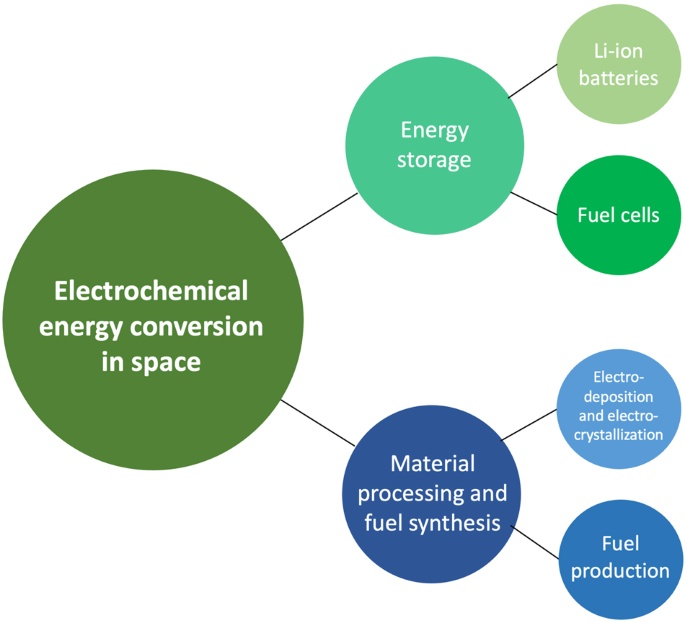Electrochemical Liquid Cooled Energy Storage System
完璧な温度制御ソリューションについては、今すぐお問い合わせください。
Electrochemical energy storage liquid-cooled chiller is a cooling method used in the field of electrochemical energy storage. So, how much do you know about the cooling method of electrochemical energy storage?
What is electrochemical energy storage?
Electrochemical energy storage includes lithium battery energy storage, flow battery energy storage, sodium-sulfur battery energy storage, etc., among which lithium battery energy storage technology is currently mature. Compared with pumped water storage, electrochemical energy storage is less affected by geographical conditions, has a short construction period, is highly efficient, and has significant advantages in indicators such as response time and comprehensive efficiency, and has a wider range of application scenarios. It is suitable for power applications, Capacitive applications, etc. are suitable.

Cooling methods for electrochemical energy storage:
The cooling methods of the electrochemical energy storage temperature control system mainly include air cooling, liquid cooling, heat pipe cooling, phase change cooling, etc.
1. Air cooling
Air cooling uses air as the cooling medium and uses convective heat exchange to reduce the battery temperature. Air cooling can be divided into two types: natural air cooling and forced air cooling. Natural air cooling generates heat convection through the temperature difference between the air itself and the battery surface, and forced air cooling It is necessary to install additional external power auxiliary equipment such as fans and fans.
2. Liquid cooling
The liquid cooling of the electrochemical energy storage liquid-cooled chiller uses water, ethylene glycol aqueous solution, pure ethylene glycol, air-conditioning refrigerant, silicone oil and other liquids as cooling media, and takes away the heat generated by the battery through convective heat exchange. Liquid cooling can It is divided into direct contact (battery cells or modules are immersed in liquid) and indirect contact (cooling channels or cold plates are set between the batteries to let the liquid cool the batteries indirectly). At present, indirect contact is the most common method. The liquid cooling system (indirect contact) generally consists of a battery pack liquid cooling system (including liquid cooling plates, pipelines, quick-connect connectors, etc.), a refrigeration liquid supply system (including water pumps, compressors, condensers, evaporator expansion valves, etc.) constitute.

3. Heat pipe cooling
Heat pipe cooling utilizes the thermal superconductivity of heat pipes, and relies on the phase change of the working fluid in the closed tube shell to achieve heat exchange. It is generally composed of tube shells, tube cores and working fluids. It can be divided into two types: cold end air cooling and cold end liquid cooling. , The air cooling at the cold end cools the hot air outside the tube through the cold air in the tube, and the liquid cooling at the cold end uses the cooling water in the tube to cool the hot air outside the tube.
4. Phase change cooling
Phase change cooling is to use the phase change material to absorb heat, wrap the battery with the phase change material or press the phase change material into a plate shape and sandwich it between the single batteries.
Air cooling has the advantages of mature scheme, simple structure, easy maintenance, and low cost. However, due to the low specific heat capacity and low thermal conductivity of air, air cooling is generally used in low power scenarios.
Compared with air cooling, the liquid cooling method of the electrochemical energy storage liquid cooling chiller has a smaller temperature difference of the battery unit and a longer life; the heat dissipation system has higher efficiency and better cooling uniformity; it can be charged and discharged at a large rate for a long time, and the system adapts Better performance: The cooling system occupies a smaller area, lower energy consumption, lower failure rate, and lower maintenance costs.
Eメール info@lneya.com WeChat ID: +8615251628237 WhatsApp: +86 17851209193
 LNEYA
LNEYA
 简体中文
简体中文


















































































